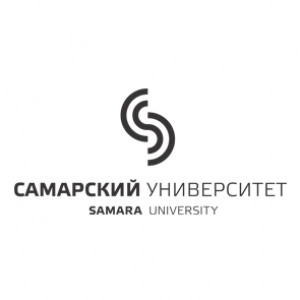Scientists from Samara National Research University have started designing the production and testing complex of small spacecrafts. It will be located in the International Interuniversity Campus, which is planned to be constructed on the site next to the stadium “Solidarity Samara Arena”.
In touch with outer space 24/7
The Flight Control Centre for Small Spacecrafts operates in one of the buildings of Samara University. Besides the office with equipment, its infrastructure includes about a dozen different antennas located on the roof and operating in different bands.
“Since its inception in 2015, this structure was assumed to be the very place, from which we would control small spacecrafts “AIST”, the first joint development with our industrial partner, the “Progress” Rocket and Space Centre”, told us Ivan Tkachenko, Deputy Rector, Director of the Institute of Aerospace Engineering, Director of the Advanced Aerospace Engineering School. “Since then, the number of spacecrafts in orbit that we work with has significantly expanded and now includes both small spacecrafts and nanosatellites. Our center is part of the unified network of similar university control centers, and in this status, we work with dozens of different spacecrafts. We receive telemetry and target information from them: the data of the first type allows assessing how well the device “feels” in orbit, the data of the second type – obtaining necessary scientific information on the state of the Earth’s surface”.
Over the 11 years, several generations of students have managed to get acquainted with operation of the “AISTs” from the first series. Later, many of them came to work at enterprises of the aerospace industry, fully understanding how to interact with real space technology.
“These devices transmit us the information on pollution of outer space”, explained Ivan Tkachenko. “The current situation in orbit is quite tense: every year more and more spacecrafts are launched, respectively, the volume of space debris grows. Special sensor equipment allows finding out parameters of particles (speed, energy) and their flight direction. Modern nanosatellites makes it possible to observe the Earth’s surface. We put control commands on the device, and then receive information in the form of images of individual surface areas.
The work in the Flight Control Centre is sessionable. Depending on the type of vehicle and its orbit, each session lasts on average from 7 to 15 minutes. The operators connect to each device 6-7 times a day. That is, given the rather large number of satellites in orbit, the specialists actually work 24/7. The information received is processed and stored here, at the University”.
